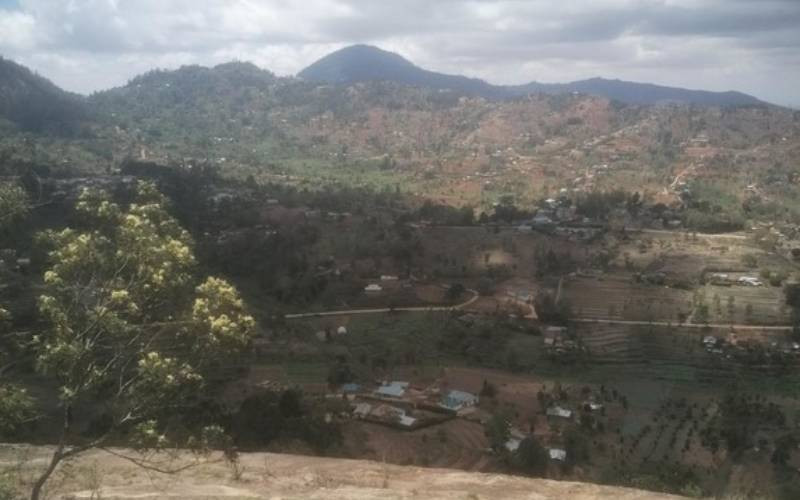×
The Standard e-Paper
Fearless, Trusted News

Sandwiched between rolling hills which dot Taita Taveta County, the Ngangao forest has often been described as a natural wonder interwoven with the heritage of local communities.
Adjacent to the vast indigenous forest is a serene village where Nathaniel Mwambisi grew up hearing fabled tales of the forest.